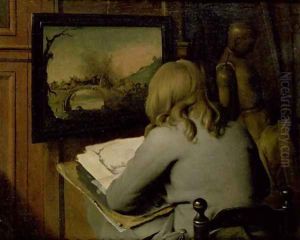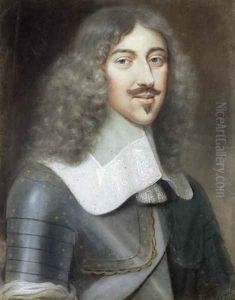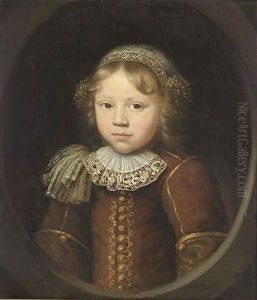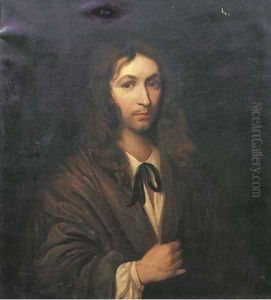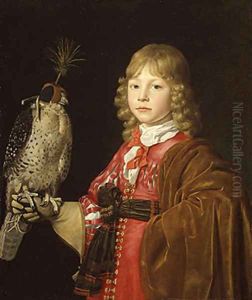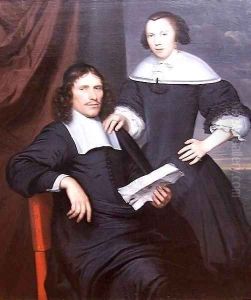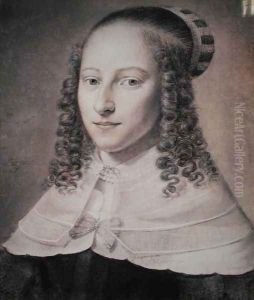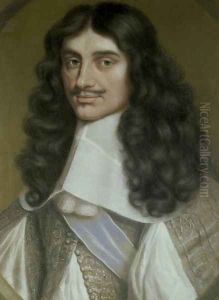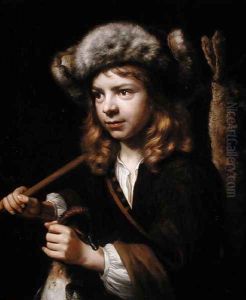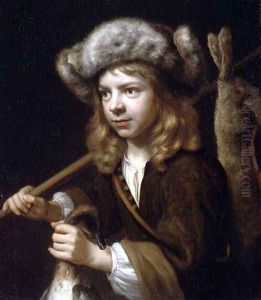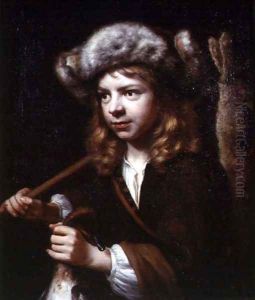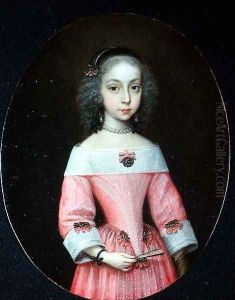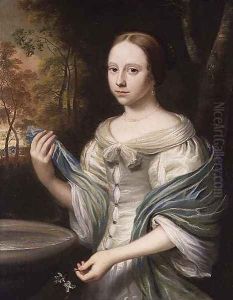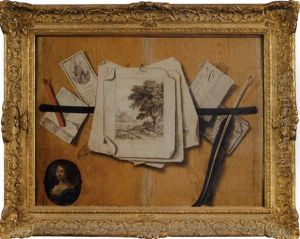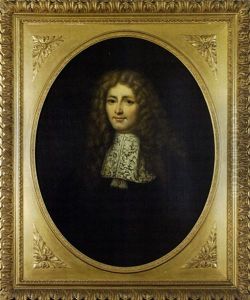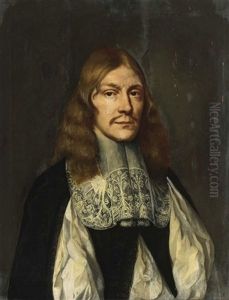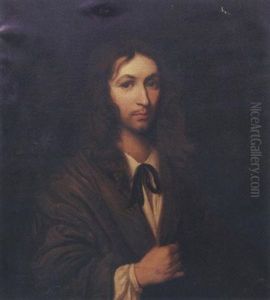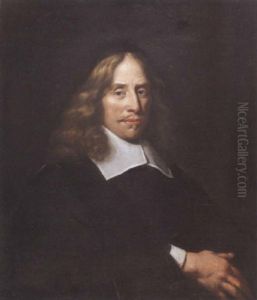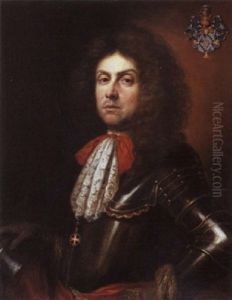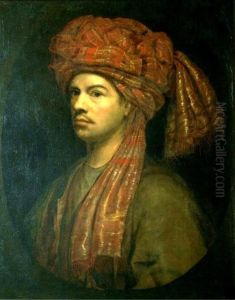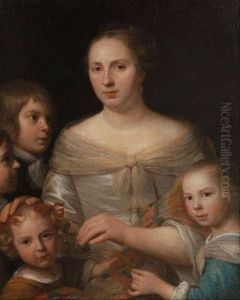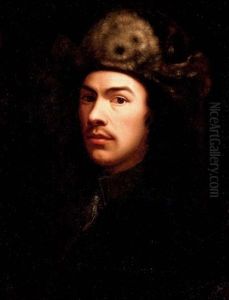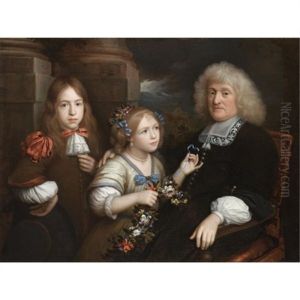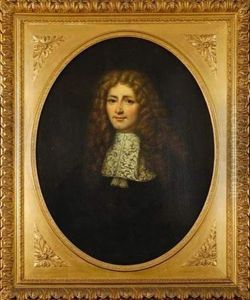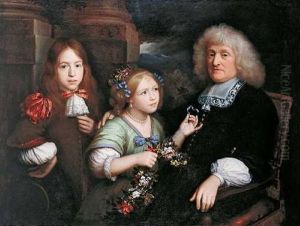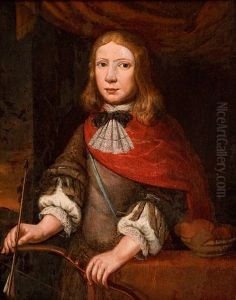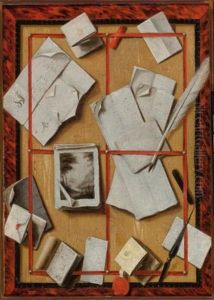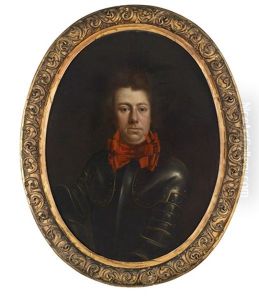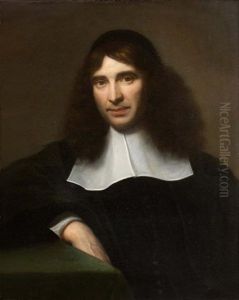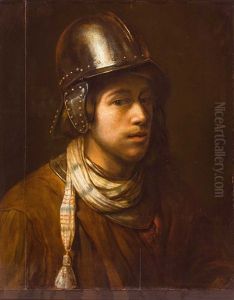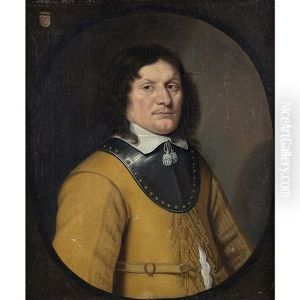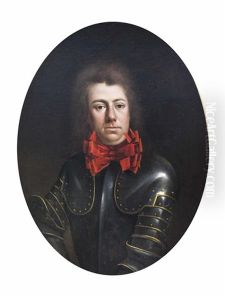Wallerant Vaillant Paintings
Wallerant Vaillant was a Dutch painter, printmaker, and draftsman who played a significant role in the development of mezzotint, a printmaking process. Born in Lille, which was then part of the Spanish Netherlands, on May 30, 1623, Vaillant moved to Amsterdam at a young age, where he was introduced to the art world that flourished in the Dutch Golden Age. His work is distinguished by its focus on portraiture, genre scenes, and historical subjects, showcasing a fine grasp of light, shadow, and texture, which became especially prominent in his mezzotints.
Vaillant's journey into the world of art began under the guidance of his brother-in-law, the painter Erasmus Quellinus II, in Antwerp. However, it was his encounter with the German artist Ludwig von Siegen, who is credited with inventing the mezzotint technique, that truly shaped his artistic path. Fascinated by the potential of mezzotint for achieving gradations of tone and deep, rich blacks, Vaillant dedicated himself to mastering and popularizing the technique. By the 1650s, he had become one of the foremost mezzotint artists in Europe, contributing significantly to the spread of the technique across the continent.
Vaillant's works were highly sought after by collectors and art enthusiasts of his time for their realism and emotional depth. He was not just a practitioner but also an innovator within the realm of mezzotint, experimenting with various methods to enhance the quality and durability of prints. Beyond his technical contributions, Vaillant's compositions often reflected the societal and cultural milieus of his era, providing insights into the social and historical contexts of the 17th century.
Throughout his career, Vaillant traveled extensively across Europe, working in cities such as Amsterdam, Paris, and Berlin, and serving as a court painter to several European monarchs. His international experience and connections helped spread his fame and influence, establishing him as a key figure in the European art scene.
Wallerant Vaillant passed away on August 28, 1677, in Amsterdam. His legacy endures through his contributions to the art of printmaking and his role in the dissemination and improvement of the mezzotint technique. Today, his works are preserved in numerous prestigious collections and museums around the world, reflecting his enduring impact on the history of art.
